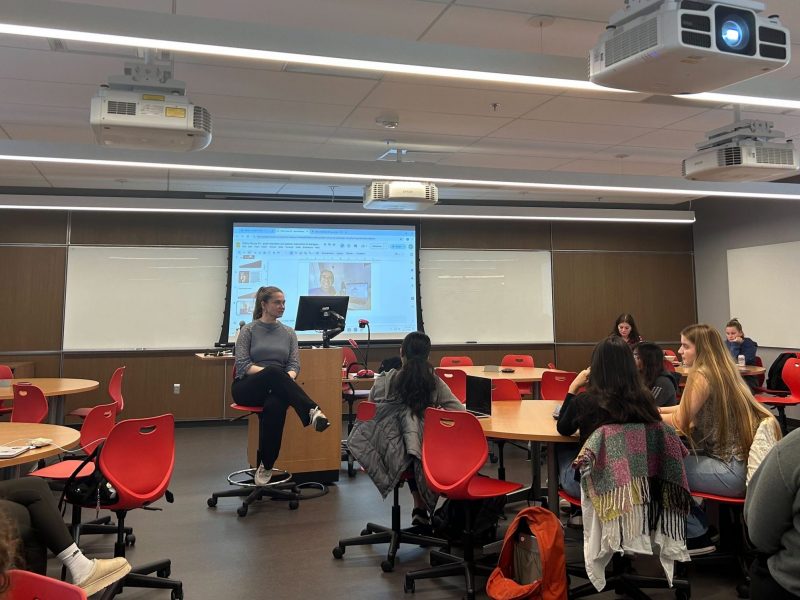University administrators have found more than half of the $11 million needed to cover the increased prices of natural gas this year, taking most of the funds from scattered sources throughout the university.
The main source, which would pay for “several million dollars” of the bill, is the university’s energy conservation program, said Provost Bill Destler. The year-old program includes turning off lights while rooms aren’t occupied and watching usage of heating and air conditioning.
Administrators will also likely dip into a surplus of tuition revenue received this year, which totals $2 million to $3 million, Destler said. Other options include taking small but substantial portions from other university programs as administrators scramble to pay the bill.
“Everyone hurts a little,” Destler said. “But no one bites the whole bullet.”
The natural gas prices nearly doubled following the destruction of oil production plants in the Gulf Coast from hurricanes Katrina and Rita earlier this fall. The university had set aside $39 million, but found it needed $50 million.
Administrators, including Destler and Vice President for Administrative Affairs John Porcari, were supposed to meet today to discuss details on where they plan to get the funds, but the meeting was canceled. Destler will be out of the office for business, and the group will meet in two weeks to plan the next fiscal year’s budget. Administrators still don’t know where they will get funds to pay for the remainder of the bill.
This is the biggest financial concern for the administration at the moment, said university President Dan Mote. The jump in prices came mid-semester when the budget has already been set. The university planned for the increased costs in gas prices last year during the budget process, but with the hurricane damages, the already high prices rose even higher.
“We have no choice but to pay the gas bill,” Mote said.
The state has a surplus of at least $1.7 billion this year, which would be a perfect source, Destler said. However, he and other administrators doubt the university will receive any of it.
To conserve money, administrators will likely repeat actions taken when the state cut the university’s budget by $120 million from 2002 to 2003, Porcari said, including not filling vacancies and not starting new programs.
The university is testing new initiatives to save money, including installing new fluorescent lights in certain buildings. They also installed lights with motion sensors that automatically switch off after a room is idle for about 30 minutes, Destler said.
But the looming problem of soaring gas prices spans further than this year, leaving the university hard pressed to find long-term plans to help counter the costs.
Older buildings on the campus cost more to heat than newer ones due to outdated temperature control technology, Destler said. It would be worth the investment to change the technology since it would be costly and time-consuming to rebuild the buildings, he said.
John Blair, director of Office of Budget and Fiscal Analysis, said administrators have set the 2007 fiscal year natural gas budget at $50 million, but that figure will likely need to rise $12 million to cover the probable increases.
Senior staff writer Megha Rajagopalan contributed to this report. Contact reporter Laurie Au at lauriedbk@gmail.com.


